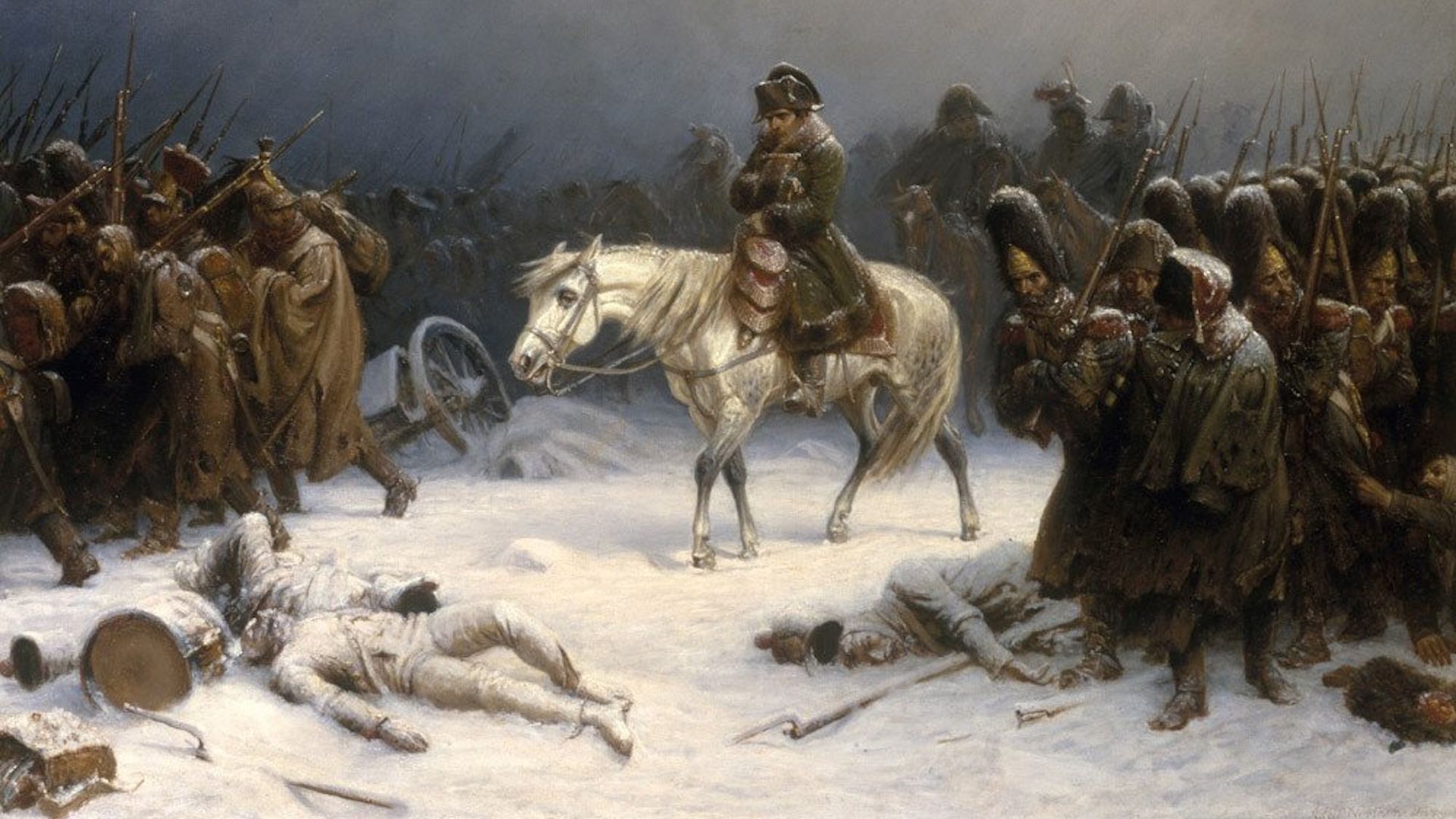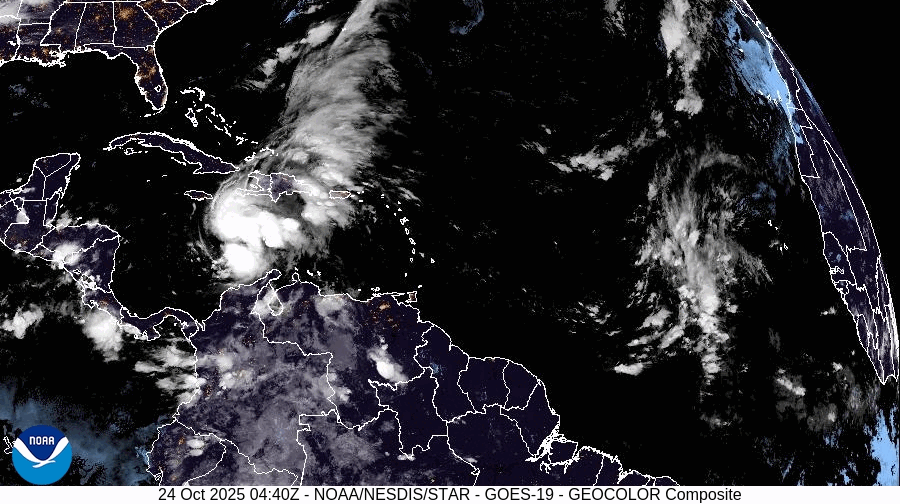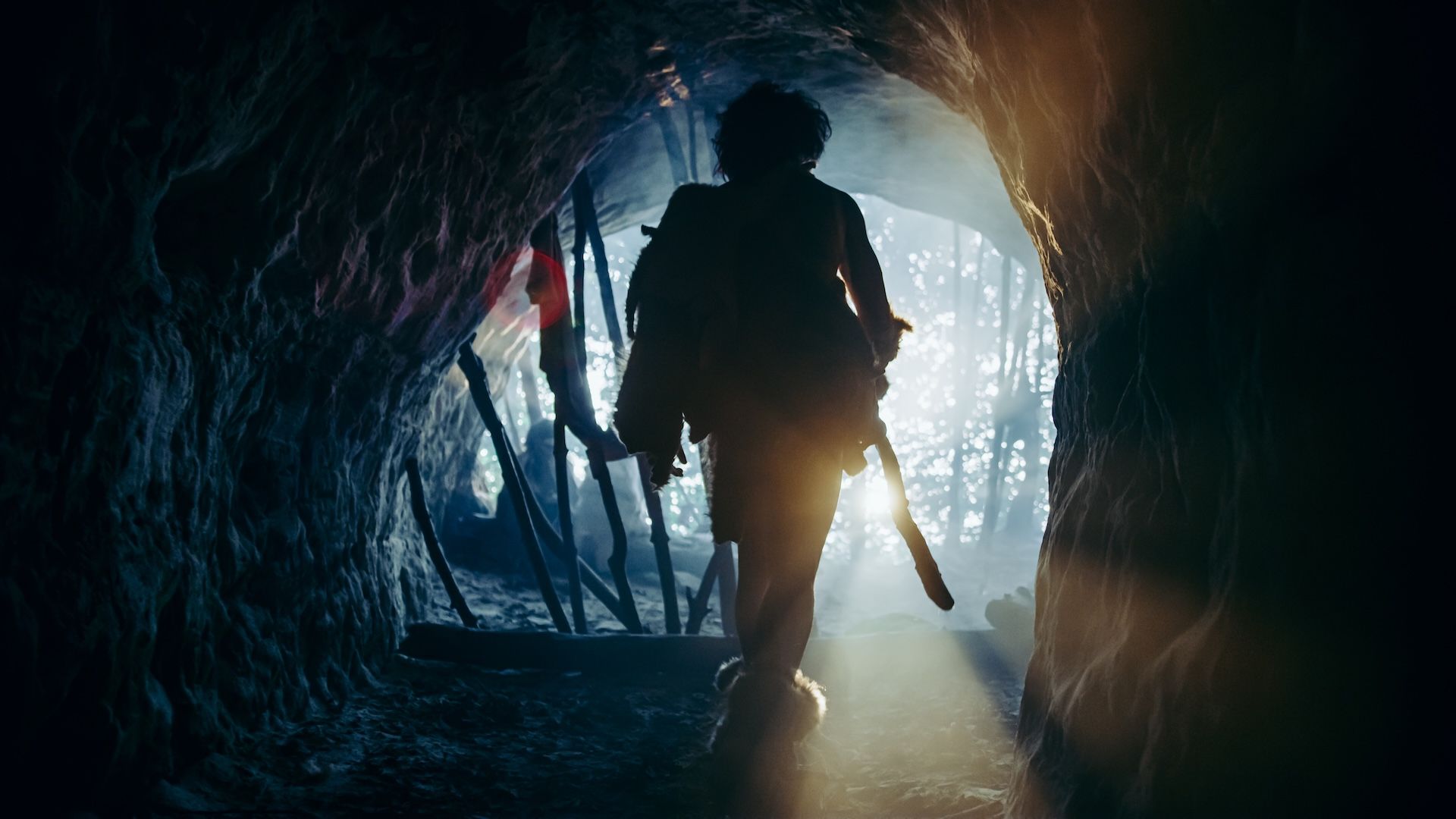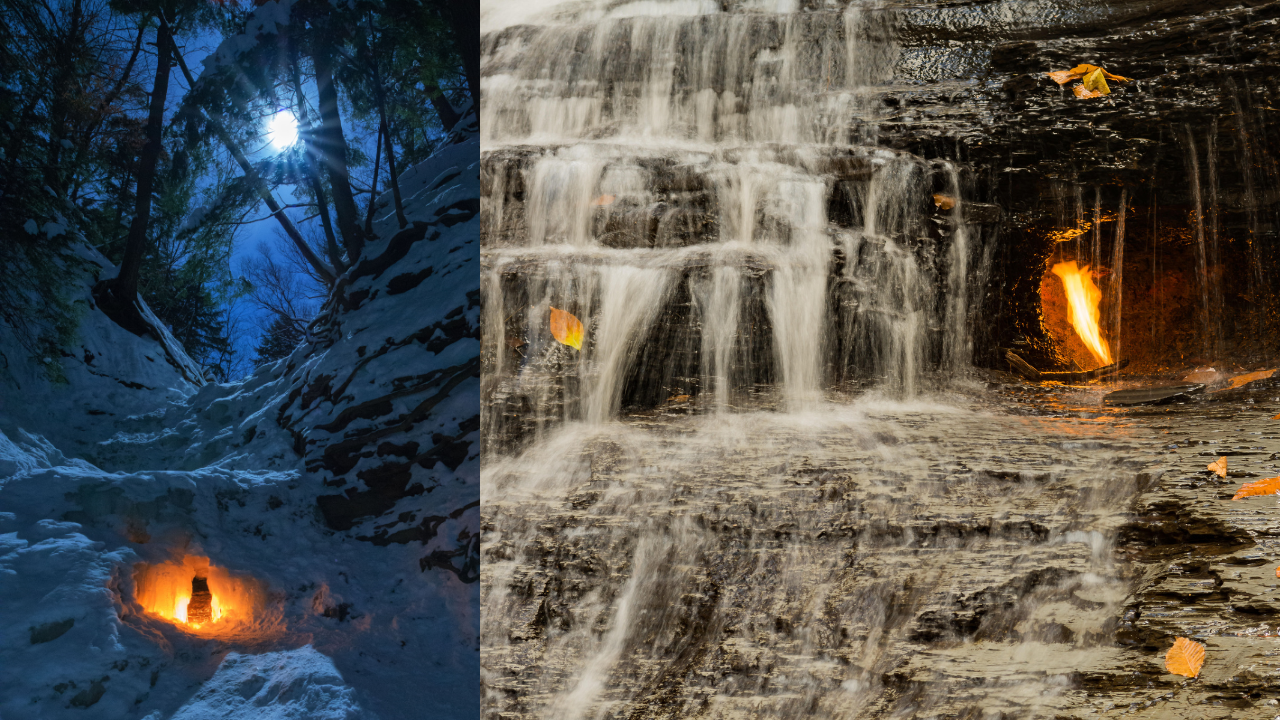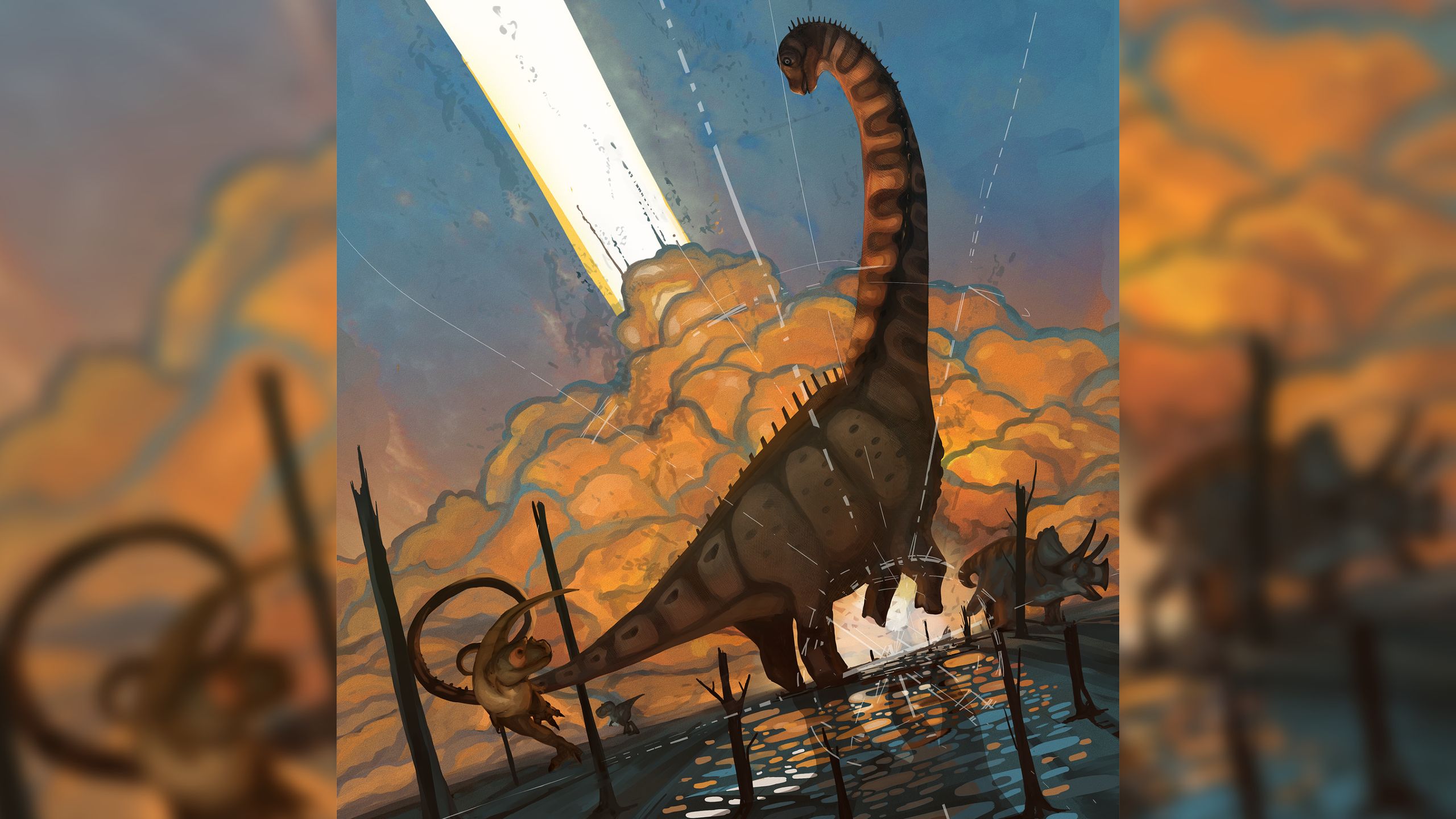Napoleon Bonaparte‘s disastrous invasion of Russia in 1812 saw his massive “Grande Armée” almost destroyed by hunger, enemy attacks and the brutal winter. But now, scientists have identified another deadly force that left the French army on its knees — two previously unsuspected diseases.
Researchers already believed that infectious disease played a role in the French army’s destruction, and it was long thought that typhus and trench fever killed thousands of French soldiers. But a new analysis of a mass grave in Lithuania filled with the skeletons of French soldiers hasn’t found traces of any of the bacteria that cause these diseases.
Napoleon started his Russian campaign with about 600,000 soldiers, but fewer than 50,000 survived. Historians suspected that freezing cold and starvation during the month-long retreat resulted in an epidemic caused by a typhus bacteria (Rickettsia prowazekii); dysentery, which can be caused by several different microbes; and trench fever, caused by Bartonella quintana.
But the new study, published Friday (Oct. 24) in the journal Current Biology, indicates these soldiers may have been weakened by fevers caused by B. recurrentis and then killed by paratyphoid (a disease unrelated to typhoid), which is caused by S. enterica and spreads through contaminated food and water.
“Our study … provides the first direct evidence that paratyphoid fever contributed to the deaths of Napoleonic soldiers during their catastrophic retreat from Russia,” the researchers wrote in the paper.
Napoleonic teeth
The new study examined DNA from the teeth of 13 French soldiers buried during the retreat in a mass grave in Vilnius, Lithuania. (The grave was discovered during construction in 2001.)
The researchers found no signs of the bacteria that cause typhus or trench fever, but they found genetic traces of S. enterica and B. recurrentis. The remains of body lice had been found on the soldiers in the grave, suggesting they might have been infected with the typhus-causing R. prowazekii, which can be spread by the parasite. But it seems the lice were mainly infecting the soldiers with B. recurrentis, the researchers wrote. That bacterium causes “relapsing fever,” which seems to pass after a few days but returns a few days later.
The researchers stressed their discovery doesn’t rule out the presence of other diseases that may have contributed to the soldiers’ deaths. “Considering the extreme and harsh conditions that characterized this retreat, the presence of multiple overlapping infections is highly plausible,” they wrote. “A reasonable scenario for the deaths of these soldiers would be a combination of fatigue, cold, and several diseases, including paratyphoid fever and louse-borne relapsing fever.”
Retreat from Moscow
Napoleon’s retreat from Moscow is one of history’s worst military disasters. His Grande Armée entered the city on Sept. 14, 1812, and Napoleon expected Tsar Alexander to negotiate for peace. But the Russians had set the city on fire and left no food behind, forcing the French to retreat a few weeks later — meaning the army had to travel roughly 800 miles (about 1,300 kilometers) on foot just as the harsh Russian winter was about to begin. During Moscow winters, temperatures are typically well below freezing and can be as low as minus 16 degrees Fahrenheit (minus 27 degrees Celsius).
Survivors described starving soldiers trudging through blinding snowstorms while their tattered uniforms gave them little protection. Eventually only horses, dogs and the bark of trees were available to eat, and many soldiers froze to death after collapsing from exhaustion.
Geneticist Carles Lalueza-Fox of the Institute of Biology and Evolution at Barcelona’s Pompeu Fabra University was not involved in the new research, but he has studied traces of S. enterica in the remains of Spanish soldiers who died in 1652.
He said he welcomed the latest study. It “emphasizes how the history of past pathogens and epidemics is inextricably linked to history, especially to military history, past migrations and colonisation processes,” he told Live Science in an email. “It is likely that, in the past, more soldiers died of disease than fighting.”
Lalueza-Fox added that biology and archaeology were adding new details to the understanding of many historical events: “Epidemics had an impact not only in mortality, but also in social, political and even cultural aspects.”





